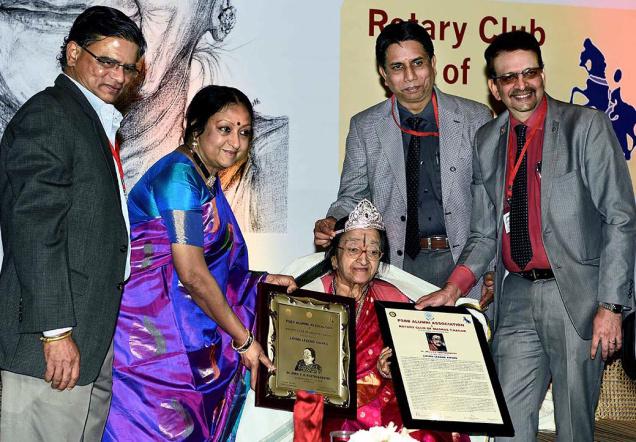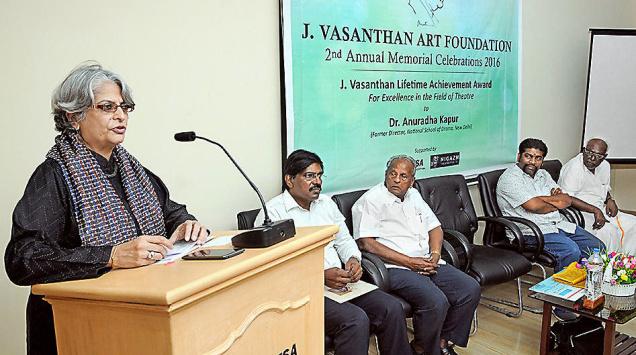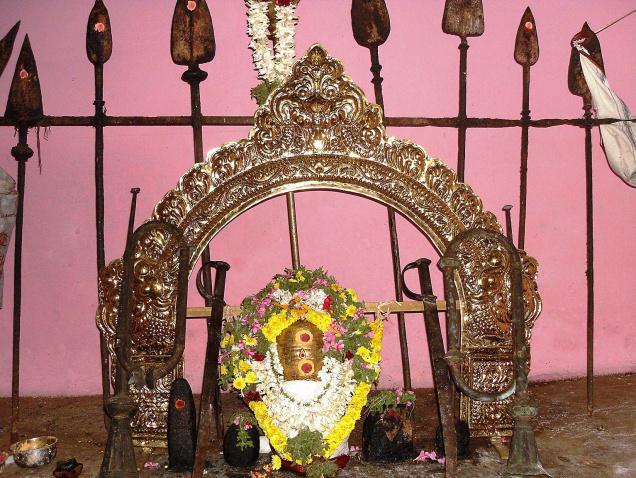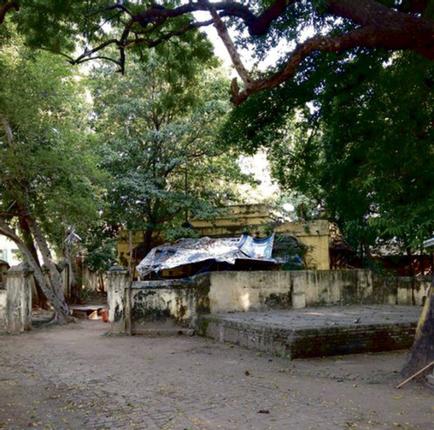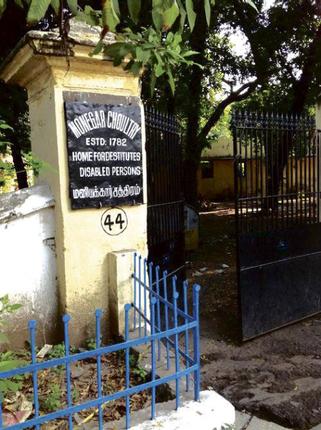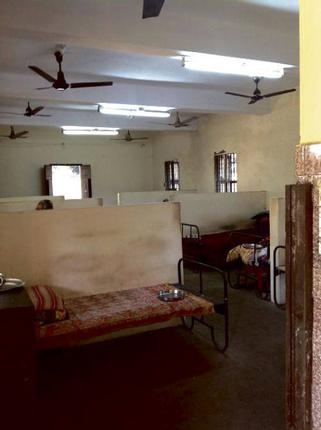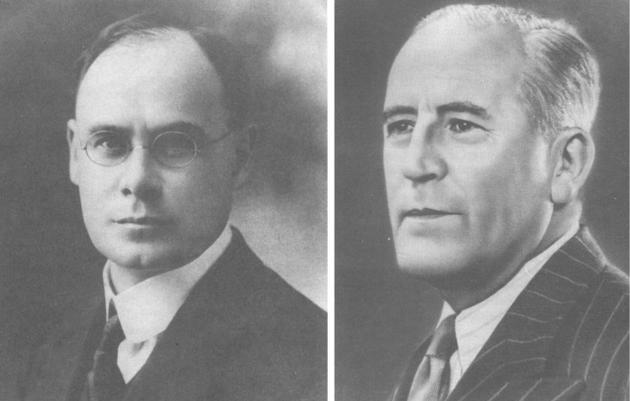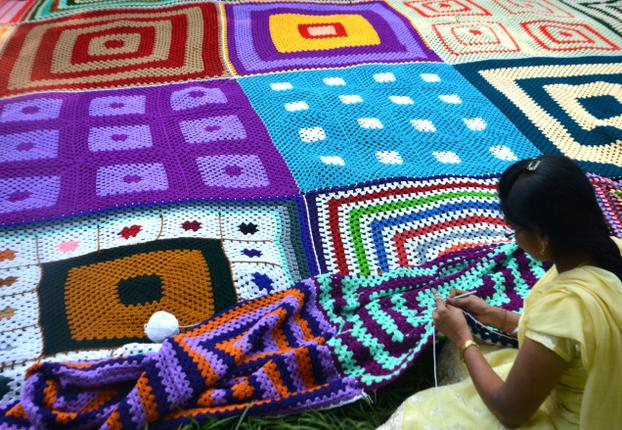
The day to reveal the largest crochet blanket in the world stitched by Indian women is fast approaching. Karnataka too has contributed to this cause.
There’s a movement happening as you read this. The protagonists are women and children from age eight to 85.
Since August 2015, the group Mother India’s Crochet Queens, spearheaded by Subashri Natarajan in Chennai, comprising nearly 1,000 Indian women from India and other countries, including the USA, the Gulf, Europe, and Australia, have been busy with their hooks and yarn to beat the current record of the biggest crochet blanket in the world, that stands at 3,377 square meters set by South Africa in April 2015. But the intention is not just to create a world record, but to donate the blankets to the needy.
Subashri, who has been crocheting since she was 10 years old, says the idea for making the world’s largest crochet blanket was to make it a nationwide movement.
“I first approached my friends and relatives who know crocheting, but then the movement grew with people joining the Facebook group, and through word of mouth. Every thing these days is made out of machines. But crocheting is all hand work.”
She adds that crocheting isn’t a dying art, considering the number of women who are passionate about it. “Even children are participating. Our youngest participant is an eight-year-old girl. There are even young boys. There are schools in Kerala who have participated. It’s not true that children are only interested in technology and video games.”
Women from Karnataka have contributed to the event too. In Bengaluru, at Cubbon Park earlier this month, on a pleasant Saturday afternoon, colourful blankets were laid out, with women engaged in crocheting blankets. Padma Srinivasan, 75, and her friend Thiru Rajan sat together chatting and laughing as they nimbly crafted blankets. “Crochet has been a hobby since ten years for me,” says Padma. “I came to know about this event from a friend of mine in Chennai in December. I completed eight blankets in one month.” Thiru adds: “I have completed two blankets.”
Padma and Thiru are glad that they are contributing to a noble cause. “Through the thread—this mission binds women to bring love, peace and harmony. It is similar to the Swadeshi Movement, when it was the charkha and the thread that brought people together,” says a passionate Padma. Thiru adds: “Doing this for others is a great honour for me.”
A vibrant Varalakshmi S. had a number of blankets laid out in front of her. “I have stitched 67 blankets since August 2015. I learnt crocheting from my neighbour, from 1997 to 2002. I got to know of this event from Facebook.” What appeals to her is the passion behind the cause and that the blankets will go to charity. “Over the weekends I would decide colour combinations, and would crochet one blanket per day during weekdays.” For Mughda Manasa too, it is the cause that matters. “What interested me is that this is going to charity, and that this event has brought Indian women together from across the world.”
Poornima Kannan also says that she joined because it brought people from diverse backgrounds together. Dina Sengupta says blankets have been crocheted in Mangaluru, Hubli and Mysuru. “We had about five meets in the city. And subdivided groups according to area.”
Through Facebook and Whatsapp, crochet meets were organised. Technology, Subashri says, has been a boon. “We realised that Facebook alone wasn’t enough to get everyone together. So we created Whatsapp groups. We have co-ordinators and associate co-ordinator to help organise meet ups.”
Though the event was mostly self-funded, Subashri adds they received support from Knit Pro and Ganga wool manufacturing company in Noida. “Harish Mehta, secretary of MNM Jain Engineering College in Chennai, has also been very supportive,” says Subashri.
The initial target was to join 5,000 blankets together, but Subashri says they have even exceeded that. The final event will be held on January 31 at MNM Jain Engineering College, Chennai.
source: http://www.thehindu.com / The Hindu / Home> Features> MetroPlus / by Sravasti Datta / Bengaluru – January 20th, 2016
